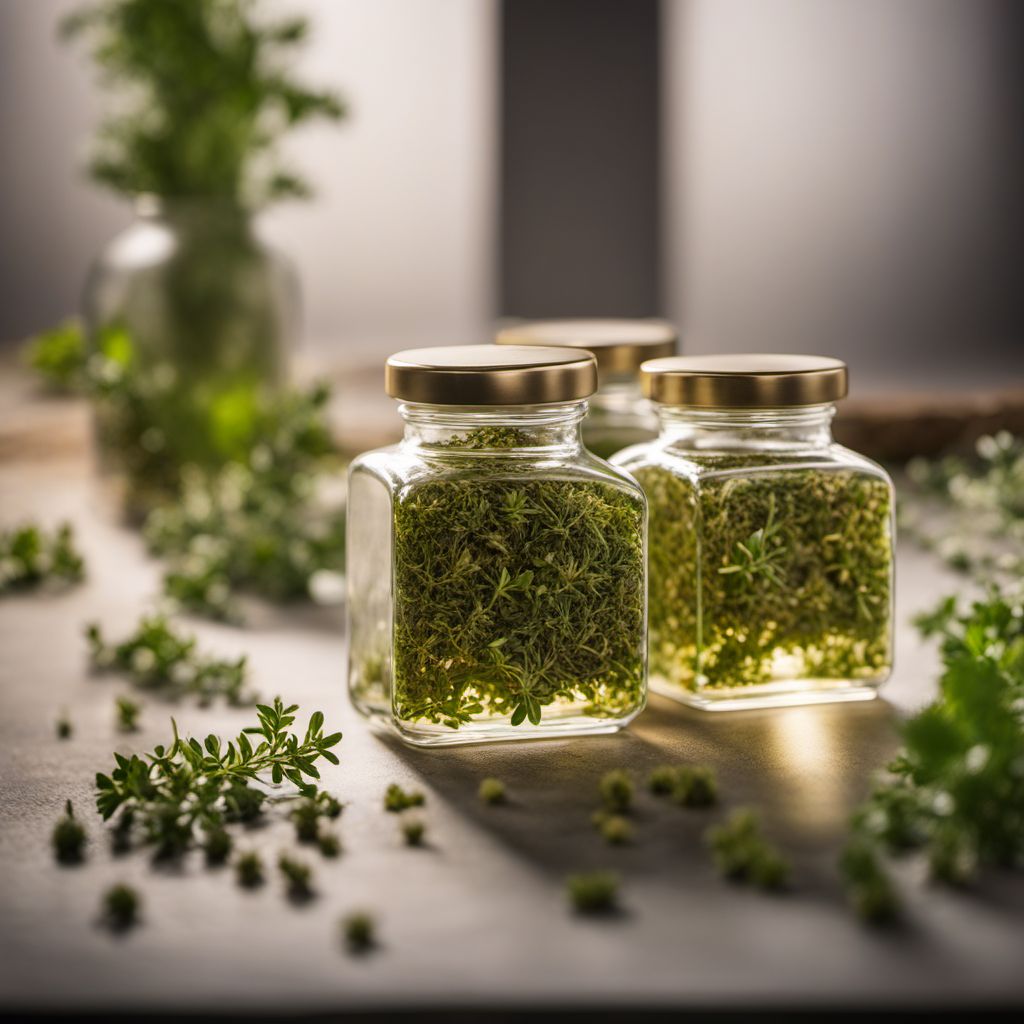
Ingredient
Thyme flavour
The Aromatic Herb: Thyme
Thyme is a small, perennial herb with tiny, fragrant leaves that are gray-green in color. It has a slightly minty and earthy taste, with hints of lemon and pine. The leaves are typically dried or used fresh in cooking, providing a warm and savory flavor to soups, stews, marinades, and roasted meats.
Origins and history
Thyme has been used in culinary practices for centuries and has its roots in the Mediterranean region. It was highly regarded by the ancient Egyptians, Greeks, and Romans for its medicinal properties and was often used as an embalming agent. Thyme has also been associated with courage, bravery, and purification rituals throughout history.
Nutritional information
Thyme is a good source of vitamin C, vitamin A, iron, and manganese. It also contains antioxidants and has antimicrobial properties. With only a few calories per serving, thyme is a nutritious addition to various dishes.
Allergens
There are no known allergens associated with thyme.
How to select
When selecting thyme, look for fresh, vibrant leaves that are free from wilting or discoloration. The leaves should have a strong aroma when gently crushed. Opt for organic or locally grown thyme whenever possible to ensure the best quality and flavor.
Storage recommendations
To store fresh thyme, wrap it loosely in a damp paper towel and place it in a plastic bag in the refrigerator. It should stay fresh for up to a week. Alternatively, you can freeze thyme leaves by removing them from the stems, placing them in an airtight container or freezer bag, and storing them in the freezer for up to six months. Dried thyme should be stored in an airtight container in a cool, dark place, away from direct sunlight, and can retain its flavor for up to a year.
How to produce
Thyme can be easily grown in a sunny spot in your garden or in a pot on your windowsill. It prefers well-drained soil and requires minimal maintenance. Regular pruning will help promote bushier growth and ensure a continuous supply of fresh leaves.
Preparation tips
Thyme is a versatile herb that can be used in a variety of dishes. It pairs well with roasted meats, poultry, fish, vegetables, and legumes. It is commonly used in Mediterranean, French, and Italian cuisines, adding depth and complexity to sauces, soups, stews, marinades, and dressings.
Availability
Thyme can be found in most grocery stores, supermarkets, and farmers markets, especially during the spring and summer months.
More ingredients from this category » Browse all

Fennel flavour
The Versatile Herb with a Licorice Twist

Fruit flavour
The Essence of Nature's Sweetness: Exploring the World of Fruit Flavour
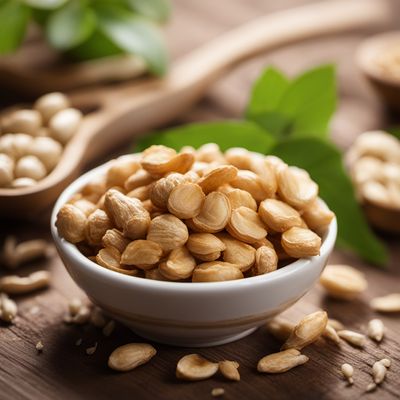
Ginseng flavour
"The Energizing Essence: Unveiling the Enigmatic Ginseng Flavour"
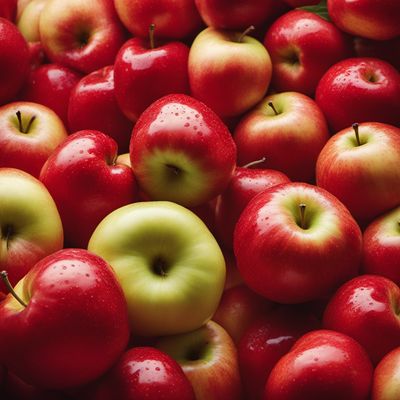
Apple red flavour
"The Vibrant Essence of Red Apples: A Burst of Flavor"

Citron flavour
Zesty Essence: Citron Flavour

Honey flavour
The Sweet Essence of Nature
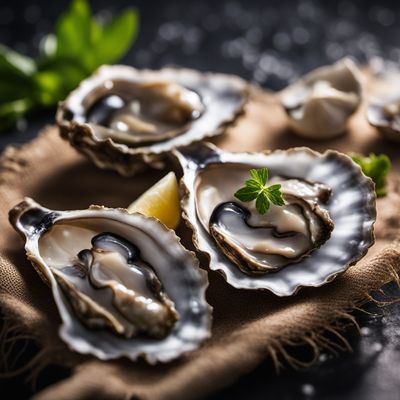
Oyster flavour
"The Ocean's Umami: Exploring the Delicate and Savory Oyster Flavour"

Pork flavour
Savory Sensation: Unleashing the Essence of Pork

Apricot - peach flavour
The Perfect Blend: Apricot Infused with Peach Essence

Mascarpone flavour
Creamy Delight: Unveiling the Magic of Mascarpone Flavor
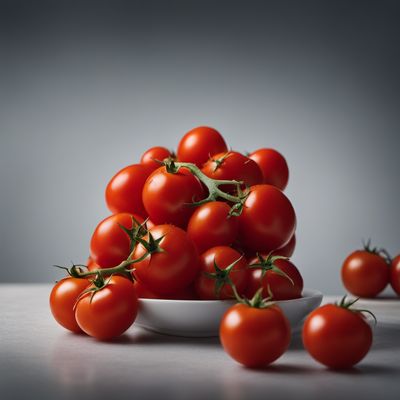
Tomato flavour
The Essence of Tomato: Unleashing the Flavors

Carob flavouring
Carob Flavouring: A Natural Alternative